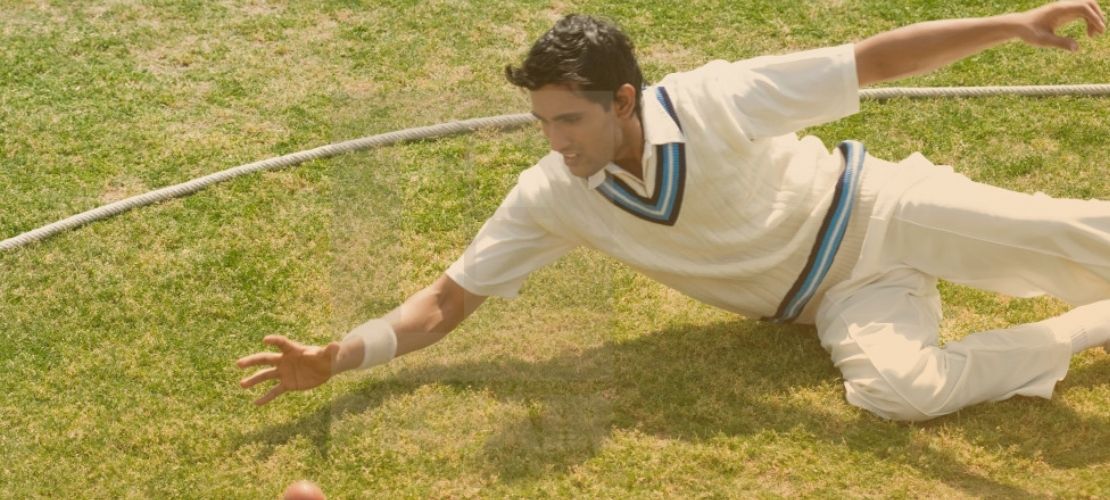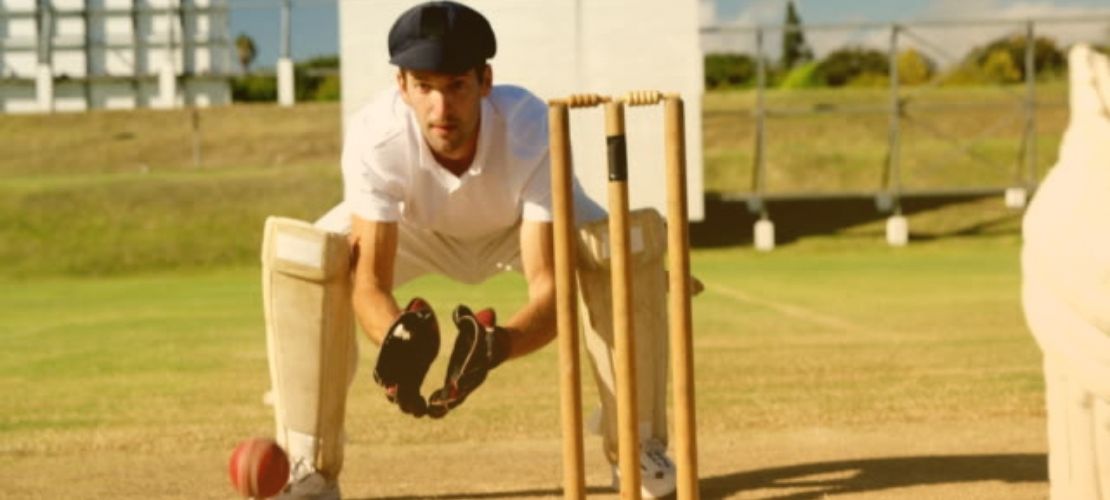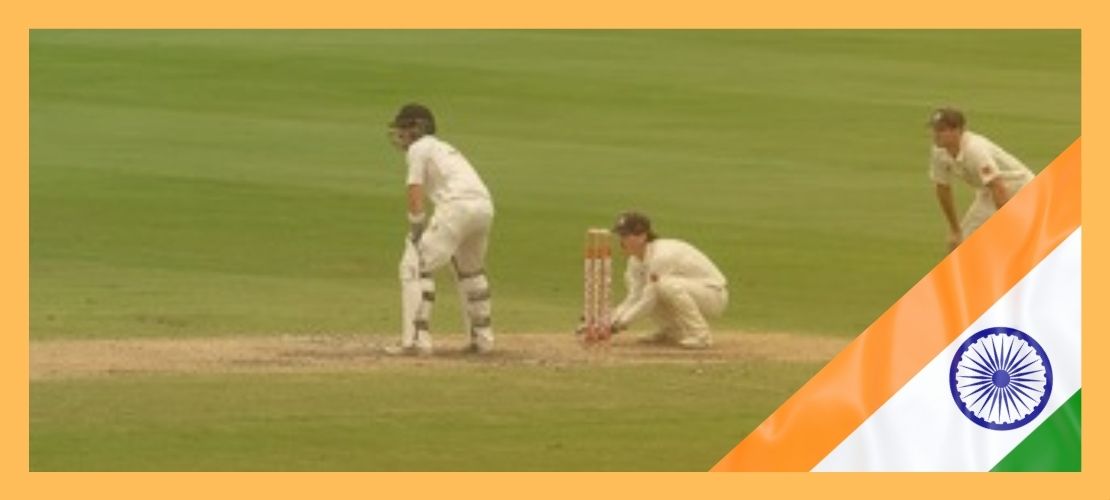Cricket is a game played by two teams, and each team played with bat and ball according to innings. The game’s object is to score more runs than the opposing team.
Therefore, the batting side tries to hit more and more runs, and on the other hand, the bowling side tries to out the batsmen to stop making runs in given over. The cricket field positions are essential because every batsman has weak and strong points, and a bowler always targets their weakest points.
When they place field position correctly according to their bowling, they are successful in out the batsman.
There are five main cricket field positions, third man, wicket-keeper, slip, mid-wicket, and long-on. Each of them has a specific role for the team, but the main role of field positions is to stop the batsman from scoring runs. Here you know the roles and movements of each position.
Role Of Fielders In Cricket

Fielders contribute to their team in the game of cricket in many ways. A batsman may fail to score runs to their team, and also a bowler has also not in-form in some matches, but a fielder always gives their hundred percent on the field and save many runs by their fielding.
A fielder can be the game-changer of the match and win the match by their fielding ability. A bowler is nothing without fielders because fielders have major roles to out a batsman in cricket.
A bowler always tries to bowl a batsman against his strongest point, and they placed a fielder of the strongest point of the batsman where he scored maximum runs.
When bowlers do that, batsmen try to hit on other areas that are not experts and out easily. So that is the role of fielders in cricket that some people might not know.
Types Of Cricket Field Positions
If you’re a cricket fan, you know that the game is played on a large field. While there are fewer positions in cricket, the roles of those positions are significantly different from what we see in other sports.
In cricket, every fielder plays a major role in stopping the runs and fielding the ball. There are three main types of field positions in international cricket.
These field positions included wicket-keeper, inside the circle field, and outside the circle field. If you regularly watch cricket matches, then you saw only two players outside the thirty-yard circle in the first few overs because of power-play rules.
The remaining players are inside the thirty-yard circle to stop a single run despite two players. Here you know some different types of field positions in cricket sport.
Wicket-keeper

The wicket keeper’s stand behind the stumps at all times, ready to catch or stump a batsman who doesn’t play by the rules or catch the ball that misses by the batsman. Despite his wicket-keeping, he always advised the bowler where to bowl and the weakest point of the batsman.
He is also helping the captain take a DRS, also known as the decision review system, because he stands close to the stumps and knows better where the bowl goes if they appeal for LBW, and he also knows the sound of being caught behind if the umpire declines their appeal. So wicket-keeper is a very important field position in cricket.
Slip
Slips are the two fielders placed on the edge of the field, next to each other. The slip can stand to be either left or right side of the batsman according to the bowing of the bowler.
The slips are usually the best-fielders in a team; the job of these fielders is to catch difficult catches that have come quickly toward them with the edge from the bat of the batsman.
The slip is mainly used in test cricket format, where the ball is swung in the air too much, and the chances are high of edging the ball with the corner of the bat. Slip fielders are well-trained and active fielders because the ball comes in very fast-paced towards them.
Long-On
The strongest point of the average batsman is straight and in long-on areas, and that’s why the role of a long-on fielder is bigger than other fielders because if a fielder is placed in long-on areas, he has to cover straight and some meters of leg area.
If a bowler bowls an overpitch bowl, then a batsman tries to hit in long-on areas, and by catching the bowl by the long-on fielder, a player should go in the dressing room.

